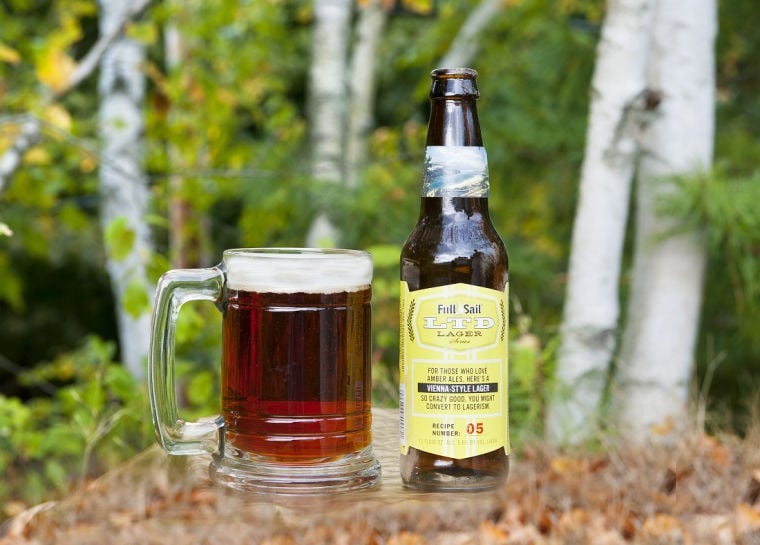

That's higher chloride than the water of Vienna so I might be tempted to use gypsum. When I do this beer I use calcium chloride at 70 mg/L which gives me the 1 mEq/L calcium (20 mg/L) and 34 mg/L chloride. Most of the calcium in their water is in the form of the bicarbonate and as the latter would clearly have to be removed before brewing at least down to the practical limit of 1 mEq/L so presumably would the former. They are low in sulfate (9 - 24 mg/L for the First Spring and 1 - 9 from the Second) but even lower in chloride. The city of Vienna is, and always has been, very proud of its water which is derived from alpine springs. Vienna is a lager and like most lagers seem better with low sulfate because of the well known adverse reaction with the finer hops varieties used with these beers. The roughly 30 ppm Ca content of the boiled Vienna profile is appropriate, although it can be good to have 40+ ppm in the mash to help with oxalate removal.

Many breweries in Germany faced with alkaline water, employ a continuously-operating sauergut fermenter to supply them with Reinheitsgebot compliant soured wort that is added to the water.Īs with any fine lager, keeping the calcium content low, is an important factor for improving yeast performance. Do recognize that the Danube water is fairly alkaline that far down river and even after boiling or lime softening, it would still have that modest alkalinity that will require some form of lactic acid addition to neutralize. I suggest that the boiled Vienna profile is an appropriate guide for your water additions. For that reason, you are likely to find that employing that elevated sulfate content that comes straight out of the Danube River, is an appropriate consideration. "Fairly dry finish" is right there in the flavor description and essentially parroted in the mouthfeel description. When you review the description of what a Vienna lager should taste like, an important thing should jump out. They did use the sulfate-rich Burton waters and they did produce malty beers that were treasured.probably because they finished cleanly due to the sulfate content. Not the hop-focused beers that most correlate with Burton. In fact, Burton on Trent brewers were known for their Burton Ales, which were very malty, high gravity beers. In some ways, having an adequate sulfate level helps a brewer create a malty beer that is still drinkable since that beer is more likely to have a more drying finish. It does not prevent you from making a malty beer.

But that is the anachronism that is sulfate. With about 60 ppm sulfate and 15 ppm chloride, it seems counter-intuitive that the brewers there could make a seemingly malty beer there. The surprising thing about the water supply in Vienna, is its seemingly high sulfate level.


 0 kommentar(er)
0 kommentar(er)
